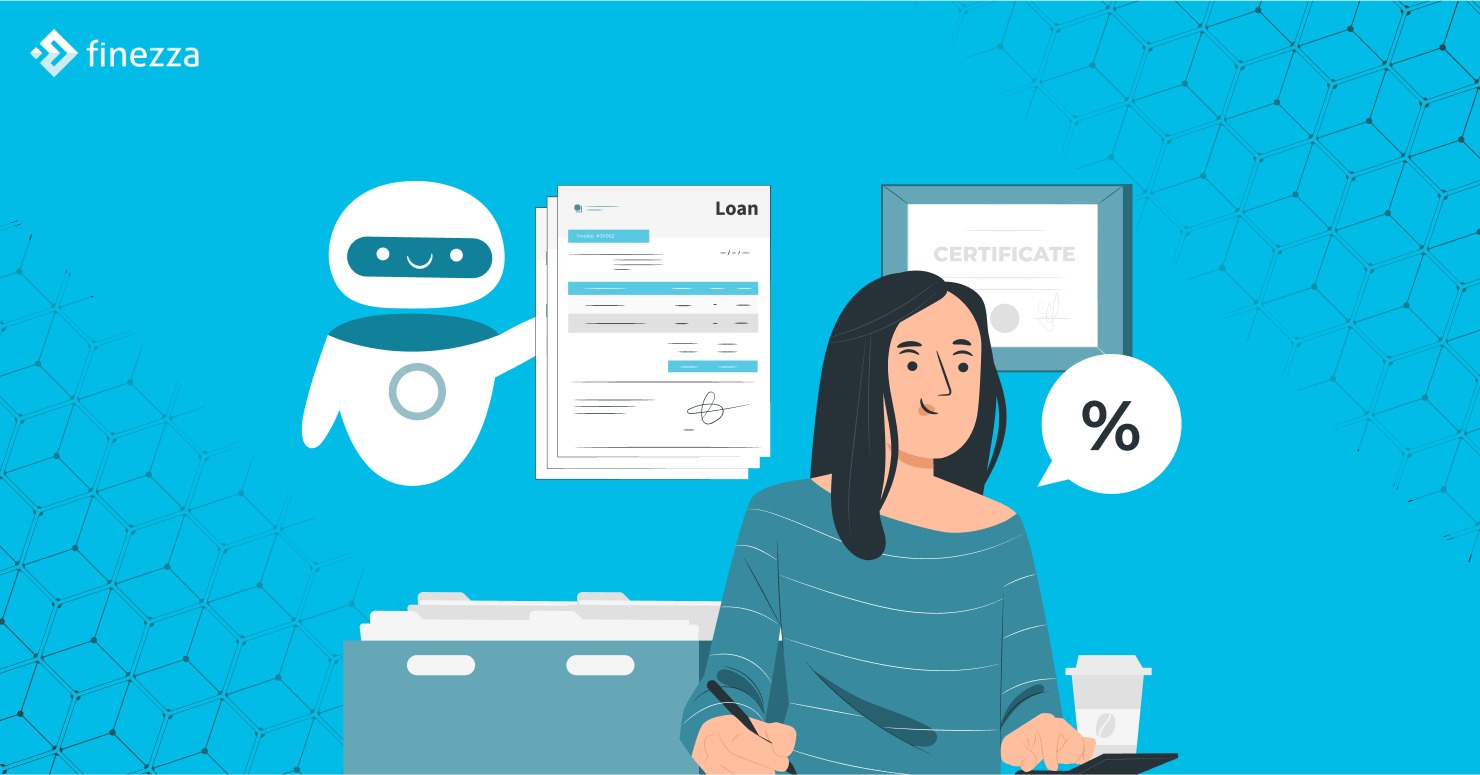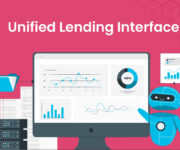Loan, insurance, etc. require a customer to share their financial information (FI) with an organisation. Typically, they do so by printing the documents and submitting the hard copies. The method betrays the very sensitivity of the information and is time-intensive.
Another technique is screen scraping. In screen scraping, the customer shares their user-id and passwords with third-parties or the organisation providing the insurance or loan. This method is decidedly unsafe with potential for breach and privacy compromise.
Thankfully, digital technologies and their interconnectedness offer a safer solution – a solution that gathers all the financial data of a customer from diverse sources in one place.
The solution? Account Aggregators (AAs).
What are Account Aggregators?
Account Aggregators are licensed entities who act as intermediaries between the customer and financial bodies.
In simpler terms, AAs collect a customer’s information from financial information providers (FIPs are entities that hold a customer’s data, such as the tax department and banks). They then submit it to financial information users (FIU are entities that request customer data such as investment firms and other organisations who offer financial products and services).
The purpose of an AA is not to sell, see or store financial information. They only collect and transmit it, securely and after gaining consent from the customer.
Account Aggregators solve the central issue of financial data collection and submission. They also ensure, for the very first time, that customer data remains private and protected. It is for these reasons account aggregators take a customer-first approach, i.e., they put the customer at the centre.
How Do Account Aggregators Put Customers First?
Let’s use an example to explain how AAs put customers first.
Assume Ms Akansha, an entrepreneur, wants to apply for a loan and is also looking for advice on financial planning. She will be asked by the bank (FIU) to provide supporting documents for the loan like salary slips, ITR and account statements. The financial planning firm will also request for documents such as current investments, funds, bank details, etc.
With an account aggregator, Ms Akansha doesn’t need to do any legwork to collect and submit these documents to the bank and firm. The AA will gain her consent, directly source the information from her FIPs, and then transfer the documents to the FIU.
Ease of customer
By bypassing the need for physical copies, an AA puts the ease of the customer first. More than that the customer doesn’t need to visit myriads of websites, download data and then email it to a financial service provider.
AAs also take away the need to share confidential login details with third-parties or financial entities. Hence, easing the customer further with the knowledge that there is no chance of a security breach in their financial accounts.
Swifter service

Because the customer doesn’t have to spend time visiting various banks and entities, either physically or online, to gather all information, the whole process becomes quicker.
Account aggregators are already connected to FIPs and FIUs through technology. So, sharing a customer’s information occurs almost instantly. And because the data share happens fast, any financial service the customer requires also occurs rapidly!
Consent of the user
Account aggregators use the Data Empowerment and Protection Architecture (DEPA) system. The DEPA framework gives customers complete authority on:
- If their data can be shared.
- How their data is used.
How does it do that? By using a Notice and Consent model. An AA gives notice to the customer before they collect data. Only if the customer agrees to the notice does the AA gather the information and then shares it.
The consent is granular, which means the customer can decide:
- Which of their financial records can or cannot be shared.
- The frequency with which they can be shared.
- How that information is used in the future.
By using a framework that completely safeguards the privacy of customer data, AAs put customers first.
Aggregators take a step beyond transmitting and using only the information stipulated by the customer. A registered customer can also retract their consent for sharing information. The consent can be revoked for one of their accounts with a FIP or more.
Potential lower costs
AAs have a customer-first approach not just because they make it easier or faster for customers to share information. They also have the potential to lower costs.
AAs break down the silos present in the customer FI niche, allowing financial service providers to access that data with one tap. Consequently, they reduce the costs of identifying a customer and connected due diligence. It means the cost of providing a financial service is driven down. Since the cost of providing a service is reduced, the savings can potentially be passed on to the customer.
Moreover, account aggregators lessen the expense of disbursing each additional unit of credit. For instance, if Ms Akansha, from the example above, requires another loan, there will be no need to verify her again and perform due diligence on her documents once more. The AA will already have done that for the previous loan.
Better Insights
Another way account aggregators put customers-first is the ability to access all their financial information anywhere and anytime. With a clear picture of their finances, customers gain better insight.
In turn, they can make more informed decisions when it comes to loans, insurance, or even generating additional revenue.
In addition, FIUs are able to deliver products or services more suitable to the customer by effectively using the data aggregators provide.
Account Aggregators Empower Customers
The data FIPs and FIUs deal in is extensive and wholly personal information. It details the most sensitive and intimate financial record of customers. This puts customers at the very heart of these systems, which is why account aggregators rely on a customer-first approach.
They guarantee that every customer has the power and control over their data. No one can use it without their consent, and when it is shared, it is encrypted and secured.
Think of AAs as ‘consent managers for financial data,’ without the say-so of a customer they cannot take a single step. And when they do, they ensure that there is no misuse or unauthorised access to a customer’s FI.
Finezza’s end-to-end lending solution is based on putting customer needs first. We ensure that there is value addition in every interaction and integrity is maintained at all times. Our end-to-end lending lifecycle management system is an integrated SaaS platform that follows the Open Credit Enablement Network (OCEN) framework which can be leveraged by Account Aggregators to embed credit offerings in their applications. To know more about Finezza, get in touch with our team.




[…] will now be able to access customer credit information through a new category of NBFCs called Account Aggregators that will serve as the gatekeepers of credit data. Account Aggregators (AAs) will, in turn, source […]